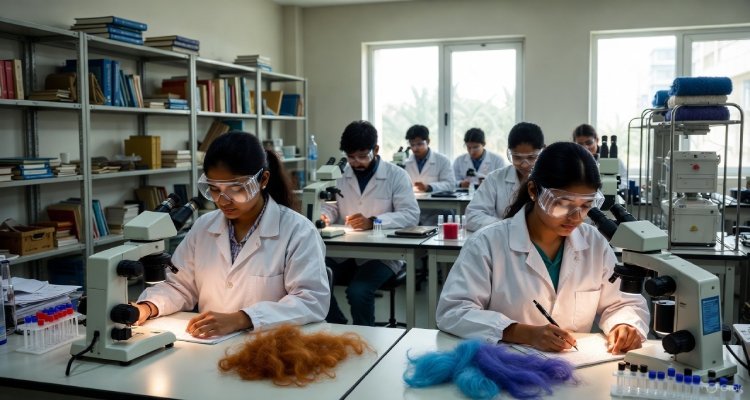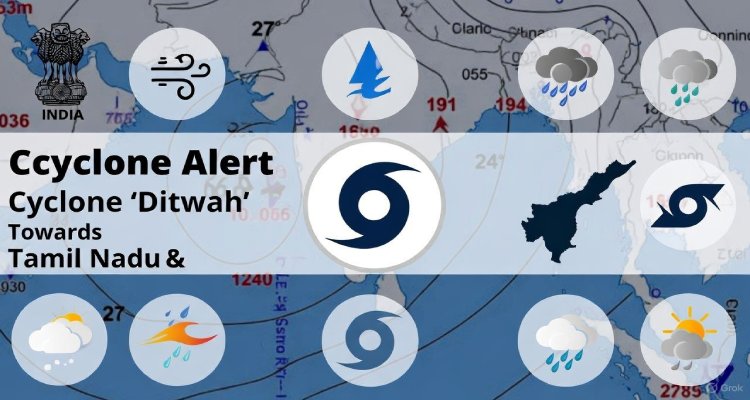Foods That Naturally Glow in the Dark
From deep-sea creatures to everyday kitchen finds, some foods have a natural glow. Discover the science and wonder behind bioluminescent and fluorescent edibles.
Introduction: When Food Shines Without a Switch
Imagine sitting at a dinner table lit not by candles or bulbs, but by the faint, magical glow of the food itself. While it sounds like a scene from science fiction or a futuristic fine-dining concept, nature has its own way of making this happen. Certain foods and organisms possess the ability to glow naturally, a phenomenon that has fascinated scientists, chefs, and curious minds alike.
Context & Background: The Science of Edible Glow
The ability for something to emit light without heat is called bioluminescence when it comes from a natural chemical reaction inside an organism, and fluorescence when it glows under UV light. This phenomenon is more common in the deep ocean—think anglerfish or glowing plankton—but it also exists in some edible species.
Bioluminescence occurs when a light-producing molecule (luciferin) interacts with an enzyme (luciferase) in the presence of oxygen. The reaction releases photons—tiny packets of light. While most bioluminescent organisms live underwater, certain fungi, marine animals, and even processed foods can retain this glow.
Main Developments: The Foods That Glow Naturally
1. Glowing Mushrooms (Mycena and Panellus species)
Some mushrooms found in tropical forests, like Mycena chlorophos and Panellus stipticus, emit a greenish light at night. Indigenous communities have long known about these “ghost mushrooms,” and scientists believe the glow may attract insects to help spread spores. While not all glowing mushrooms are edible—and some can be toxic—certain species are safe when prepared correctly.
2. Bioluminescent Seafood
Several marine creatures consumed in coastal cuisines possess glowing properties before cooking.
- Gairomi squid in Japan, also known as “firefly squid,” has tiny light organs along its body. While the glow fades after death, it can still be faintly visible in fresh catches.
- Some deep-sea shrimp also emit light as a defense mechanism, and their fresh tissues can faintly glow.
3. Edible Glow from the Sea: Phytoplankton
In some coastal regions, seafood is caught during blooms of bioluminescent phytoplankton. While the organisms themselves are microscopic, they can transfer their glow temporarily to certain shellfish and fish consumed shortly after harvest.
4. Glow Under UV: Tonic Water & Vitamin-Rich Foods
While not bioluminescent, certain foods fluoresce under blacklight due to compounds like quinine or riboflavin.
- Tonic water glows bright blue because of quinine.
- Dairy, eggs, and some leafy greens glow yellow-green under UV light due to riboflavin.
Expert Insight: Why This Glow Matters
According to Dr. Miriam Castillo, a marine biologist at the University of Hawaii, “The fascination with glowing foods isn’t just about novelty—it’s about understanding the chemical and evolutionary mechanisms that make life on Earth so diverse. Some glow for survival, others by accident of chemistry.”
Chefs in experimental gastronomy are also taking note. Michelin-starred restaurants have begun incorporating UV lighting in dining experiences to highlight naturally fluorescent foods, turning meals into immersive spectacles.
Impact & Implications: Culinary and Scientific Potential
From a culinary perspective, glowing foods offer exciting opportunities for visual storytelling on the plate. Imagine glow-in-the-dark cocktails made with tonic water ice cubes, or desserts that come alive under soft UV light.
Scientifically, studying edible bioluminescent organisms could inspire advances in sustainable lighting, food freshness indicators, and even medical imaging technologies. The same luciferin-luciferase reaction that powers glowing plankton is already being explored in biotech for non-invasive health diagnostics.
Conclusion: Nature’s Living Lanterns on Our Plates
The next time you hear about glowing food, remember—it’s not just a party trick. It’s a reminder that the natural world is filled with surprises, and sometimes those surprises can be served on a plate. From the deep ocean to the forest floor, nature’s own light show is waiting for those who know where to look.
Disclaimer: This article is for informational purposes only. Do not consume wild mushrooms or unfamiliar seafood without expert verification, as some species can be toxic.











